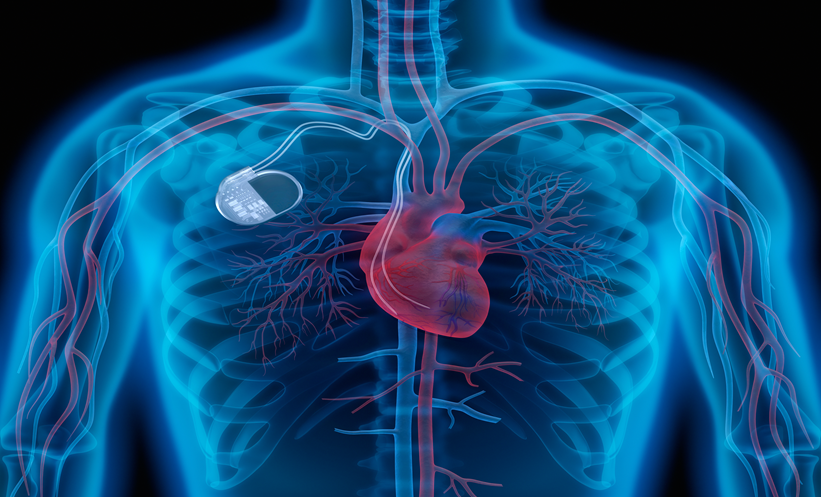Background
A significant proportion of patients undergoing coronarography due to chest pain have normal or near-to-normal coronary arteries.1,2 The aim of this study was to assess the angiographic characteristics, efficacy, and safety of the provocative acetylcholine (ACh) test (AChT) in Central European patients with non-obstructive coronary arteries and its influence on further treatment. Additionally, the authors analysed the 5-year follow-up of this population with a special focus on patients with a history of myocardial infarction with non-obstructive coronary arteries (MINOCA).
Methods
The AChPOL Registry is a prospective, ongoing, single-centre registry including patients undergoing AChT. From December 2010 to March 2013, the research team performed AChT in patients referred for further diagnostics with suspicion of variant angina or coronary microcirculation dysfunction based on the Coronary Vasomotion Disorders International Study Group (COVADIS) criteria.3 ACh was injected in incremental doses of 25, 50, and 75 mg into the right coronary artery and 25, 50, and 100 mg into the left coronary artery. Patient progress was followed-up for 5 years.4-6
Results
In total, 211 patients were enrolled from the AChPOL Registry. The mean age was 60.5±7.8 years, with women accounting for 67.8% of the study group. The ACh test revealed variant angina in 99 patients (46.9%), and coronary microcirculation dysfunction was seen in another 72 patients (34.1%). In patients with variant angina, characteristic spasm was most frequently observed in the left anterior descending artery (89.9%) and was most frequently diffuse (61.6%). The most common adverse events were a pause lasting >4 seconds (7.6%) and paroxysmal atrial fibrillation (0.9%). The most common calcium channel blockers prescribed in instances of test positivity were diltiazem (67.7%), amlodipine (27.3%), and verapamil (7.1%).
Patients with variant angina and coronary microcirculation dysfunction, compared to patients testing negatively to AChT, were younger (59.0±9.6 versus 58.4±8.9 versus 68.1±10.8 years; p=0.02), more often female (67.7% versus 83.3% versus 40.0%; p=0.03), presented more frequently with chest pain at rest (7.17% versus 61.1% versus 40.0%; p=0.02) and at night (62.6% versus 54.2% versus 22.5%), presented more frequently with thyroid dysfunction (23.2% versus 26.4% versus 2.5%; p=0.04), were smokers (22.2% versus 15.3% versus 5.0%; p=0.04), and had history of prior myocardial infarction (19.2% versus 31.9% versus 7.5%; p=0.04). However, patients with variant angina and coronary microcirculation dysfunction, when compared with patients with negative AChT, had less frequently positive exertional treadmill tests (43.4% versus 51.4% versus 77.5%; p=0.02), supraventricural premature beats (5.1% versus 5.6% versus 37.5%; p=0.01), atrial fibrillation (7.1% versus 5.6% versus 40.0%; p=0.02), and Type 2 diabetes mellitus (5.1% versus 5.6% versus 17.5%; p=0.04).
The median follow-up was 56 months (range: 48–60). In the microcirculation dysfunction subgroup, there was a significantly higher rate of recurrent chest pain requiring hospitalisation (hazard ratio [HR]: 2.76, 95% confidence interval [CI]: 1.45–3.52; p=0.01). Patients with a history of MINOCA also had higher rates of myocardial infarction (15.6% versus 4.2%, HR: 4.01, 95% CI: 1.08–14.86; p=0.02) and recurrent chest pain requiring hospitalisation (35.6% versus 10.8%, HR: 3.91, 95% CI: 1.65–9.29; p=0.01).
Conclusion
AChT is both effective and safe in the Central European population. In a 5-year follow-up, patients with recognised microcirculation dysfunction and MINOCA history characterised the highest risk of myocardial infarction or recurrent chest pain requiring hospitalisation.








